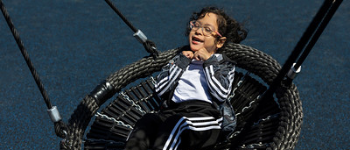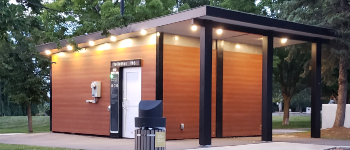How Playgrounds Help Develop Social Skills For Children
Sep 15







Feb 22
Playgrounds are places where kids learn while having fun and being active. What do they learn? They learn how their limbs work and coordination. Playgrounds are also places where children learn how to interact with others. With inclusive playground equipment, every child, regardless of ability level, has the opportunity to enjoy this type of play…together!
Inclusion is making sure that regardless of age, ability, gender, or background, all children have the same opportunities to discover, explore, and succeed during their playtime.
Out of 1,000 children between the ages of 3 and 21, approximately 85 will have the following disabilities: 1 Physical, 1.5 Sensory, 2 Multiple Disabilities, 6.5 Chronic Health Impairment, 8.5 Social/Emotional, 18.5 Communication, 47 Cognitive.
Inclusive playgrounds make a fundamental statement about how communities value meaningful play experiences for people of all ages and abilities. Our inclusive playground equipment creates universally designed play environments that increase the “playability” for people of diverse abilities, age, race, gender, ethnicity, culture, and socioeconomic status. Implementation of our best practice principles helps create a unique and meaningful play environment that is usable by more people, to the greatest extent possible.
Giving children of all abilities a place to socialize is the biggest benefit that inclusive playgrounds offer. Inclusive playgrounds make it possible for children with disabilities to interact with their peers, increasing their self-esteem and helping them develop stronger physical and social skills. Fostering active play and helping kids form problem-solving and decision-making skills as well.
Along with helping children, inclusive playgrounds are great for adults too. This type of play area makes it possible for parents, grandparents, and caretakers to access the playground and play WITH their children. It also gives adults a place to socialize with other adults. Products like the Expression Swing, Merry-Go-All and the Arch Swing are great examples of multigenerational play pieces that provide fun for all ages as well as all ability levels.
Inclusive playgrounds make communities stronger by giving all children a place to be children. These playgrounds show kids that people have differences and similarities, making them more tolerant to those who may not be like them. Inclusive playgrounds teach children sensitivity. They also make them more aware of the needs of others, which is a good life skill for everyone. We believe that if the world was more inclusive, people would surely be happier and more peaceful.